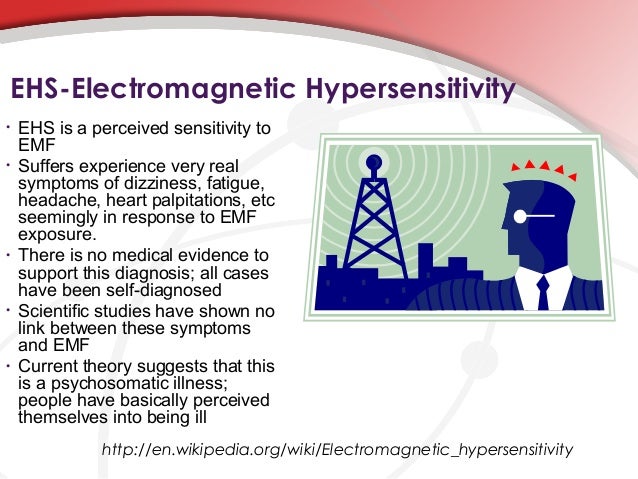Electromagnetic field sensitivity (EMF sensitivities) can be described as a situation that occurs when an individual has a high sensitive to electromagnetic fields around him. It isn't restricted to areas where there is no electric current, but may affect people who have an open circuit, or who are subject to magnetic fields over prolonged periods of time. The Environmental Health Center-Dallas has a comprehensive understanding of the reasons behind EMF sensitivity, and can assist patients in treating the symptoms. The center is able to conduct tests to determine whether someone is susceptible to EMF exposure. This is possible using the latest technology to measure heart rate variation.
The IEI-EMF sensitivities are a sign of exposure to electromagnetic fields

Electromagnetic contamination and the resulting electromagnetic fields have been linked to the onset of a number of ailments. The symptoms are often difficult to detect, and some people have reported a wide variety of symptoms. These may be a result of pre-existing conditions or as a reaction to stress caused by the prospect of exposure to large amounts of electromagnetic fields. Whatever emf sensitivity can be extremely debilitating for individuals who experience them. Despite this, the medical community isn't sure how common the IEI-EMF sensitization syndrome is and how widespread it is.
It is not a symptom of electrohypersensitivity
While the symptoms of electrohypersensitivity and EMF sensitivity are similar, there are some key differences. emf sensitivity is frequently not understood, and the symptoms can vary widely. It is crucial to receive a proper diagnosis to understand the causes behind the condition and the possible treatments.
electromagnetic hypersensitivity symptoms isn't a symptom of EHS
While EMF sensitivities are not an underlying characteristic of EHS, it is often related to the disorder. Some studies have suggested that the condition is related to environmental and genetic causes rather than a specific physical problem. Yet the need for more research to come to a definitive conclusion.
It can be perplexing
The signs of EMF sensitiveness can be confusing. Most EHS sufferers do not believe that their symptoms are due to a particular source. They seek medical help, but are unable to obtain a convincing diagnosis. It is possible that they might have some sort of mental disorder which can cause an increase in feelings of anxiety and helplessness.
It can be scary
EMFs, also known as electromagnetic fields also known as EMFs can be a nightmare. People have reported unpleasant symptoms after exposure to these electromagnetic fields, which are generated by devices such as Wi-Fi routers and mobile phones. The symptoms may vary in severity, however in the most severe cases, people have to avoid the use of fluorescent lighting and electronic devices. In extreme instances, those suffering may be forced to withdraw from the world of modernity living in isolated areas called "EMF-free zone".
It can help with the production of melatonin.
A single of the significant hormones that the body produces, melatonin, is synthesized by the pineal gland. It is implicated in many biological functions, such as circadian rhythm regulation. However, its role as a factor of protection from non-ionizing fields of electromagnetic radiation has been in doubt, largely due to inconsistency in results from different studies. To date, our understanding of the hormone's protection mechanisms is largely based on our understanding of the mechanism that it acts to shield the body against the oxidative stress induced by RF/ELF exposure.
It can aid with changes in the autonomic nervous system.
Several studies show that EMF sensitivity can affect the autonomic nervous system. Patients suffering from this condition could experience altered autonomic responses and can experience digestive problems. There are some patients who have trouble digesting food properly , or be ill following a light meal. Other patients may notice changes in their body temperature and have heat intolerance. These disorders are often secondary to other health conditions, such as diabetes.
